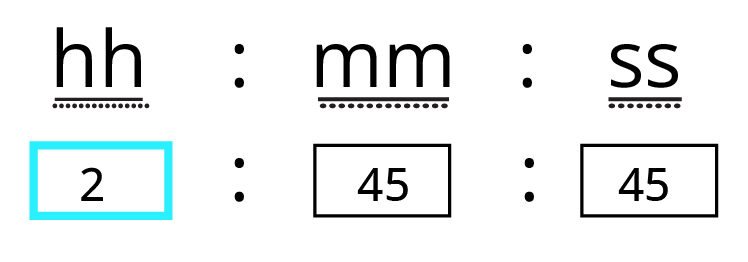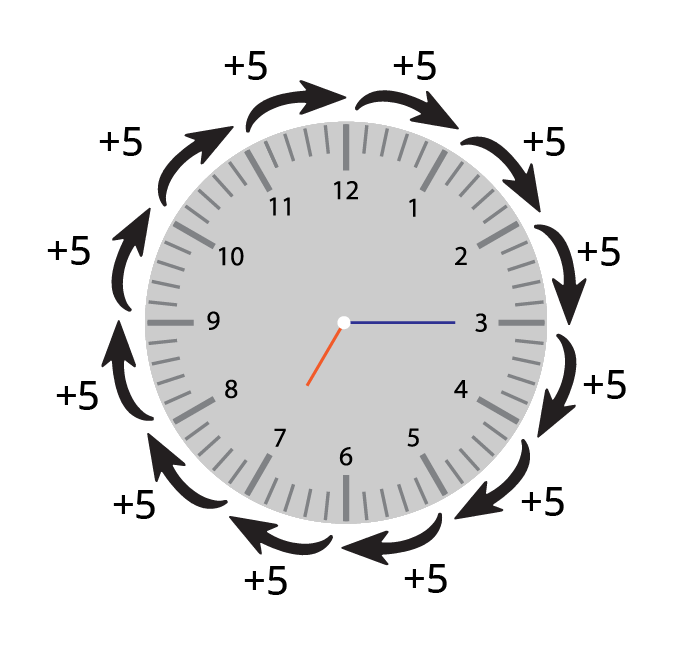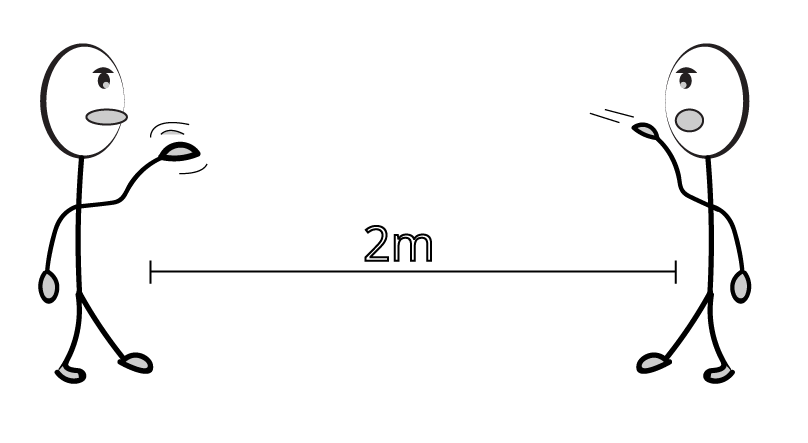Class 4 Maths Chapter 3 Summary Notes PDF Download
FAQs on A Trip to Bhopal Class 4 Maths Chapter 3 CBSE Notes - 2025-26
1. How studying A Trip to Bhopal will help me understand units?
This story-based Maths chapter will help you understand various physical quantities and measuring units. You will also learn how to apply addition, subtraction, multiplication, and division methods to answer questions in exams.
2. How can I understand the units and solve problems?
Check the units and find out what the question is asking. Focus on how to change the units and use your mathematical skills to answer.
3. How can I solve the exercise questions for Chapter 3 easily?
Download NCERT solutions from Vedantu to check how problems are solved by the experts. Adopt those proven approaches and perform better.
4. How can teachers and parents prepare students for a trip like "A Trip to Bhopal"?
Teachers and parents can prepare students for a trip by providing information about the destination, discussing its historical and cultural significance, and setting learning objectives for the journey.
5. What kind of activities might students engage in during "A Trip to Bhopal"?
During "A Trip to Bhopal," students might visit historical monuments, museums, local markets, and other tourist attractions. They could participate in interactive sessions, cultural programs, or workshops relevant to the destination.



























